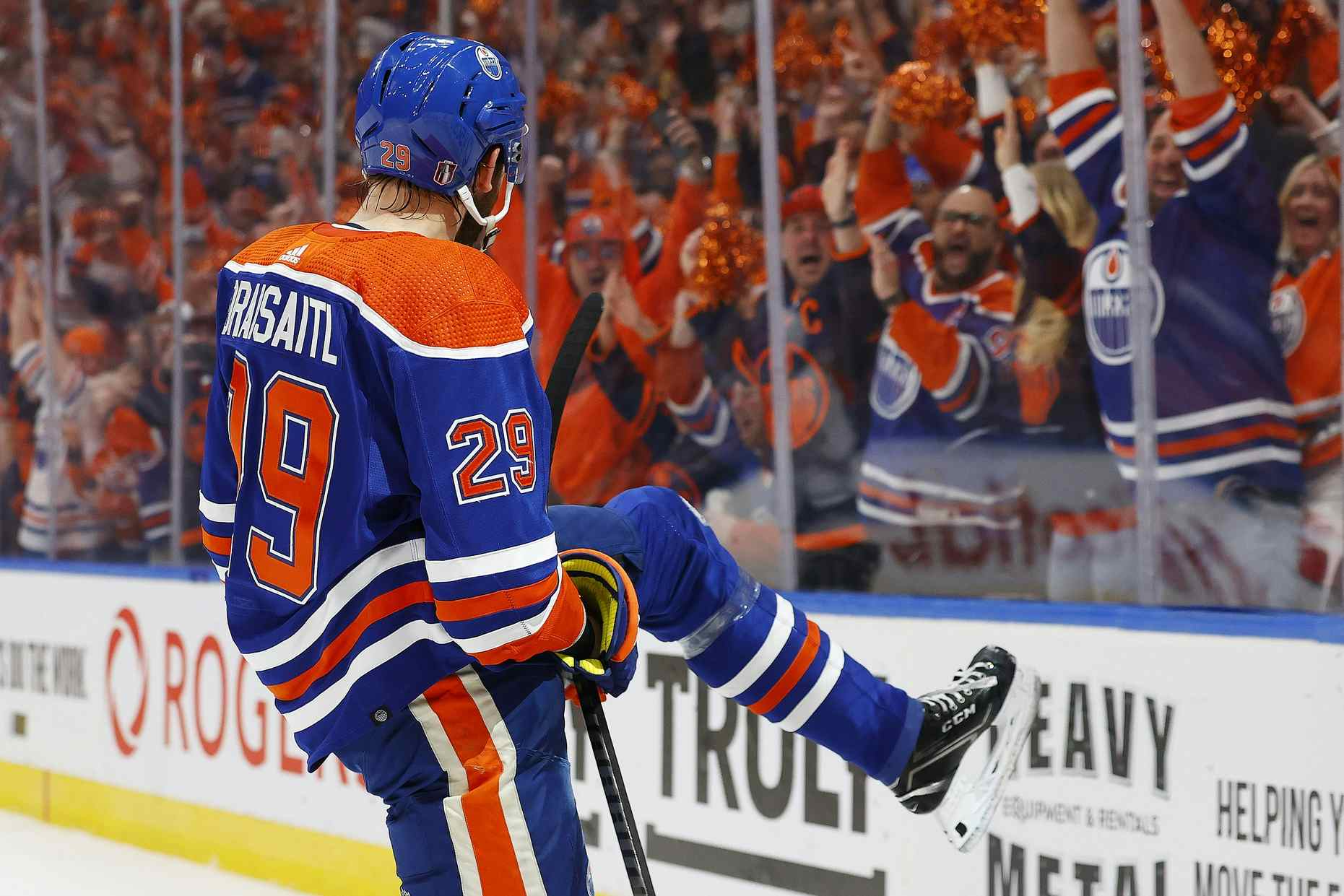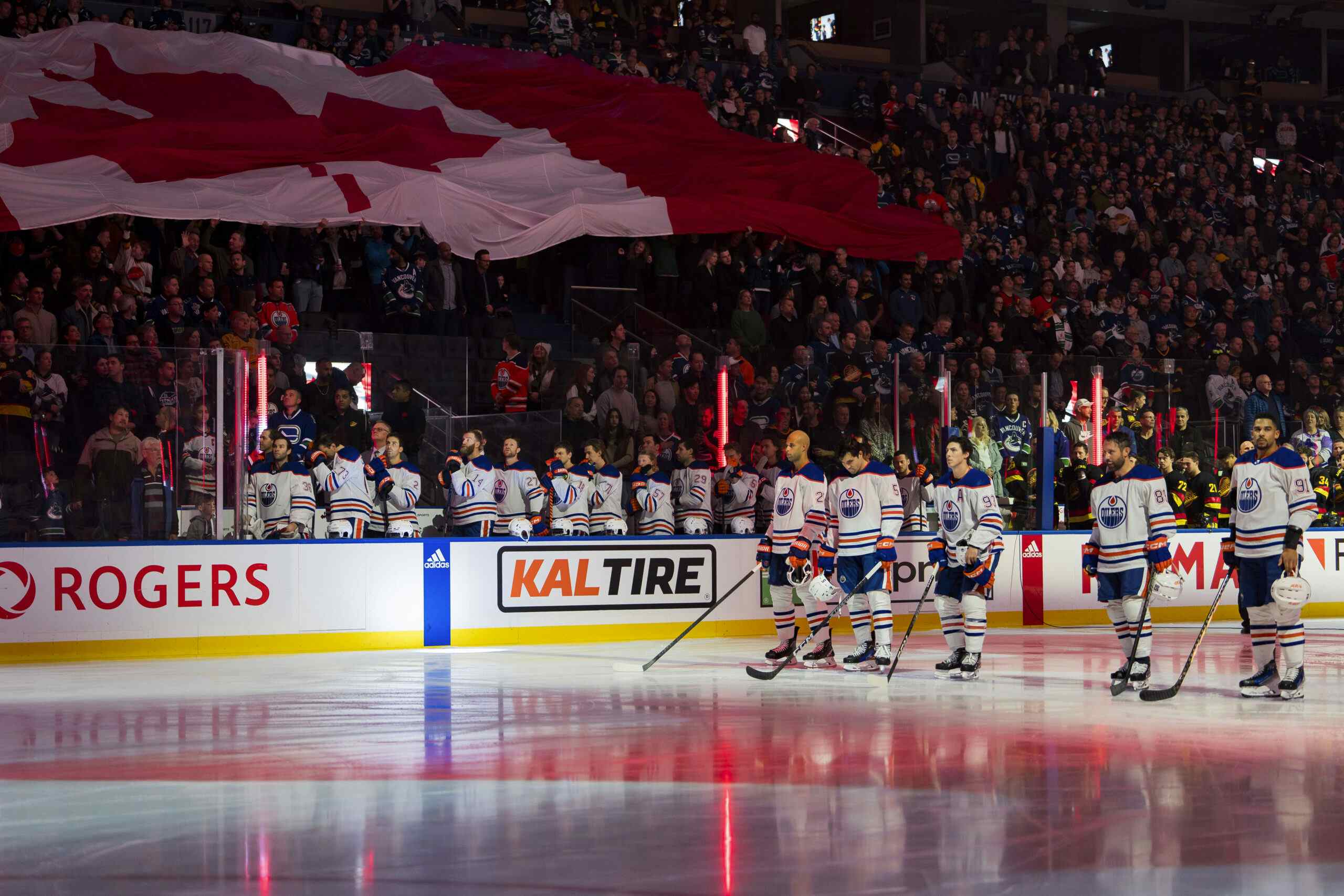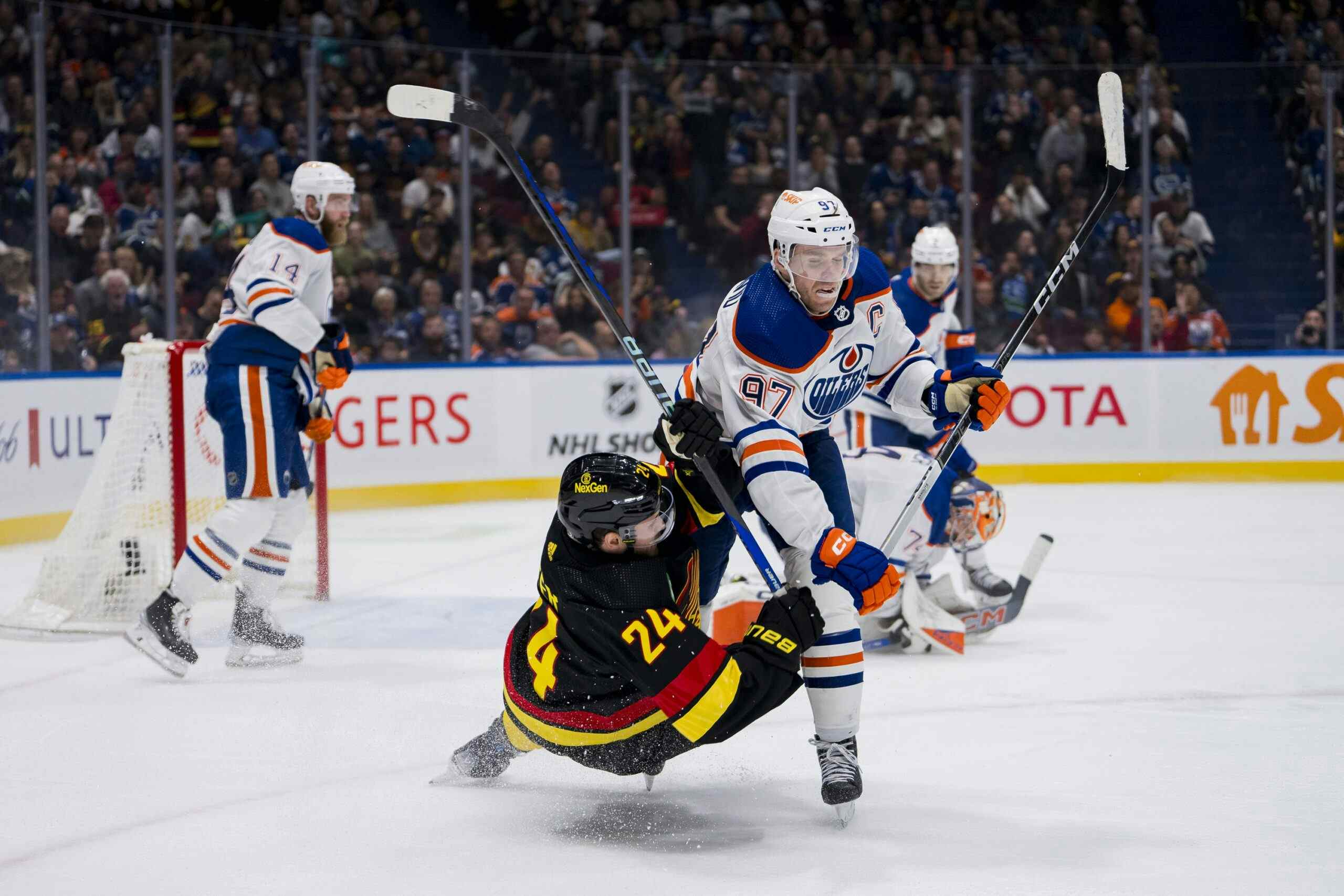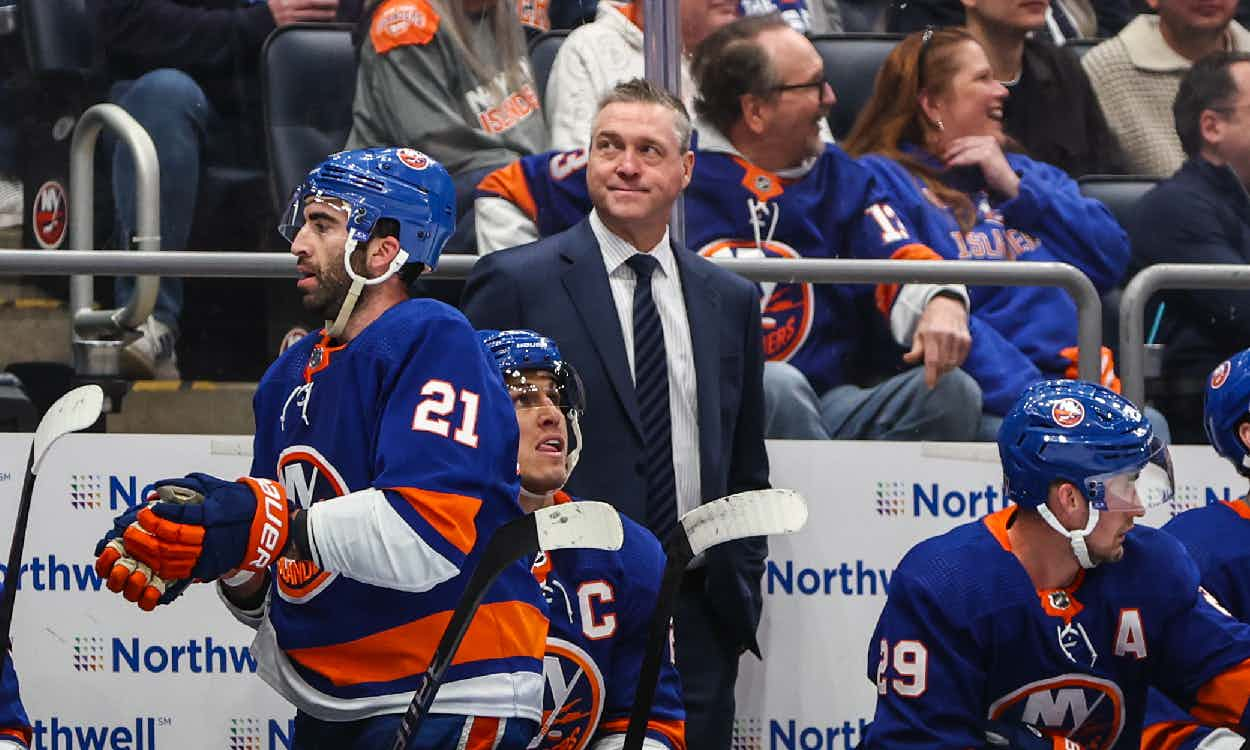What Should the Oilers do With Kailer Yamamoto?
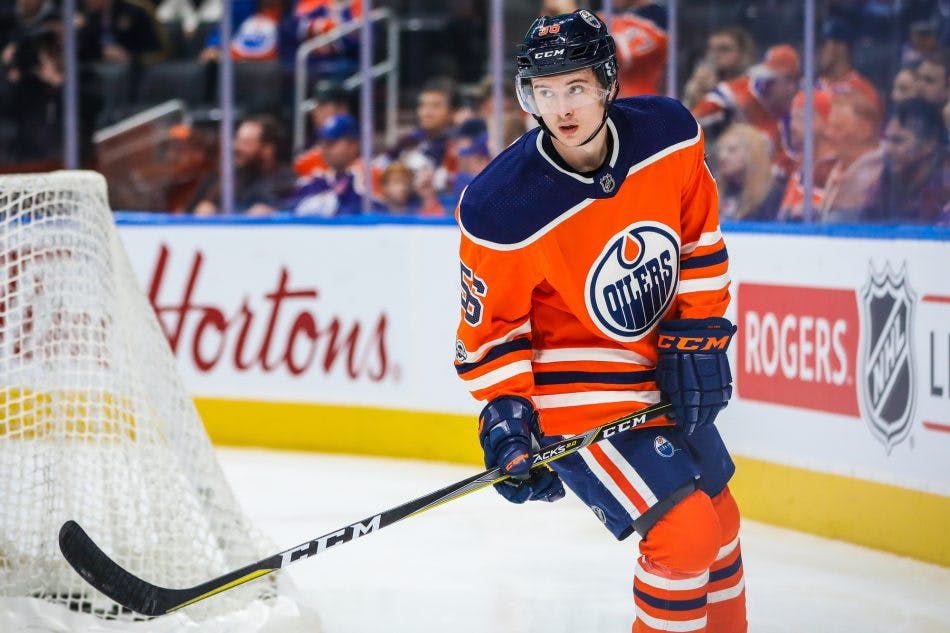
By J.D. Burke
6 years agoKailer Yamamoto hasn’t suited up for the Oilers since their overtime loss to the Pittsburgh Penguins on Tuesday. That’s three healthy scratches in the Oilers’ first ten games, and it seems increasingly likely with each trip to the press box that this tour of duty might be nearing its end.
The timing makes sense. Yamamoto has played seven games and is nearing the crucial ten games played mark where a team has to decide whether they want to burn a year off his entry-level contract for the privilege of keeping him around.
It wouldn’t be difficult to present the case for Yamamoto, full-time Oiler. In seven games, Yamamoto has three points, all assists, and proven himself a capable two-way player at even strength. That’s a 35 point pace with no obvious defensive shortfalls.
Of course, it doesn’t hurt that Yamamoto’s played two-thirds of his shifts at even strength with McDavid, but we shouldn’t hold that against him. The Oilers need cheap help at the top of their lineup wherever they can find it, and while the goals haven’t come yet, neither has harm to the Oilers fortunes with Yamamoto on the ice. Even away from McDavid, Yamamoto is running a cool 50.88% five-on-five on-ice shot attempt ratio.
And while some might be quick to point to that doughnut in the goals column as proof positive of Yamamoto’s need for further seasoning before permanent NHL residency, it’s easy to pick apart that argument piece by piece.
For starters, Yamamoto isn’t alone as a snakebitten Oilers forward. That’s been one of the underlying stories that’s driven the Oilers through their tumultuous first month of the season. The Oilers control the highest ratio of five-on-five expected goals in the league and sit 19th in actual goal share; Edmonton has the sixth-lowest PDO.
At some point, the Oilers on-ice shooting percentage, currently second-worst in the league running at 5.12% at even strength, has to regress upwards towards the mean, and at that point, you probably want an inexpensive, offensively gifted player like Yamamoto to be a part of the fun.
The 3.47 expected goals per hour at even strength that the Oilers are running at with Yamamoto on the ice is the sixth-highest mark on the team. Better still, the 2.48 individual expected goals at evens to Yamamoto’s credit are the second-highest among all Oilers forwards at even strength, lagging behind only McDavid himself. Looked at on an hourly basis, Yamamoto’s 1.62 individual expected goals an hour lags behind on William Nylander.
Beyond just looking the part of an everyday NHL’er, it’s not unreasonable to suggest that Yamamoto has done everything in his power to be a significant contributor offensively. It doesn’t show up on paper, but if you dig a little deeper, there’s every indication that Yamamoto, much like the Oilers at large, is on the verge of catching fire and leaving a trail of smoke and frustrated goaltenders in his wake.
Yamamoto’s still 19-years-old, though, and in his first year with the Oilers organization after they took him 22nd overall in the 2018 NHL Entry Draft. That he’s made it to this point and forced so difficult a decision upon the Oilers already is worth celebrating in and of itself.
What shouldn’t get lost in this discussion is how significant a role the Oilers play in getting to this point. Up and down the organization, everyone involved said all the right things of Yamamoto’s chances to make this team. Then they did the unthinkable and kept their word.
Whether Yamamoto sticks with the Oilers or not — there’s certainly a case worth making about asset management and long-term development that works against him — let’s not lose sight of the fact that in a league that so fetishizes size, especially at the draft table, the Oilers were willing to take the 5’8″ Yamamoto and disregard height entirely when deciding how best to utilize him thereafter.

When the Oilers drafted Yamamoto last June, he carried with him a 48.9% xSucc. rating through the pGPS (Prospect Graduation Probabilities System) draft metric lens. CanucksArmy’s Jeremy Davis developed that tool for prospect analysis using historical comparables based on stature and statistical profiles to create a composite score for a player’s likelihood of NHL success.
Usually, smaller players like Yamamoto don’t look as good as their similarly productive but taller peers. A lot of that is that we’ve been able to prove that height does, in fact, matter. We’ve also found that it doesn’t matter as much as some might suggest, and in a case like players with Yamamoto’s statistical profile, it’s fair to say his likelihood of success is understated.
The reason is simple: coaches aren’t as willing to play players like Yamamoto. It’s one of the greatest market inefficiencies remaining in the NHL. Oilers head coach Todd McLellan is breaking that mold, though. At the very least, he has for the first ten games of the season.
A contending team like the Oilers might not need Yamamoto in their lineup to reach their ceiling this season, but there’s a definite argument for why he’s value-added regardless. Whatever the Oilers decision, don’t lose sight of the fact that they gave us the opportunity to see that in Yamamoto’s first year in the organization. They’re ahead of the pack for just doing that much.
Recent articles from J.D. Burke


